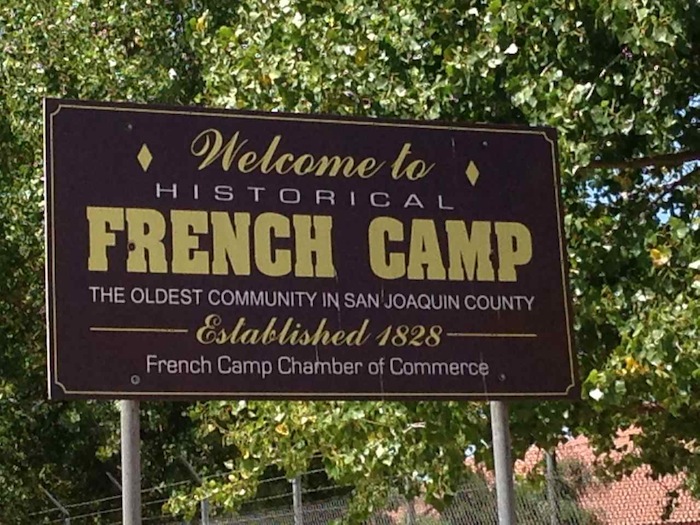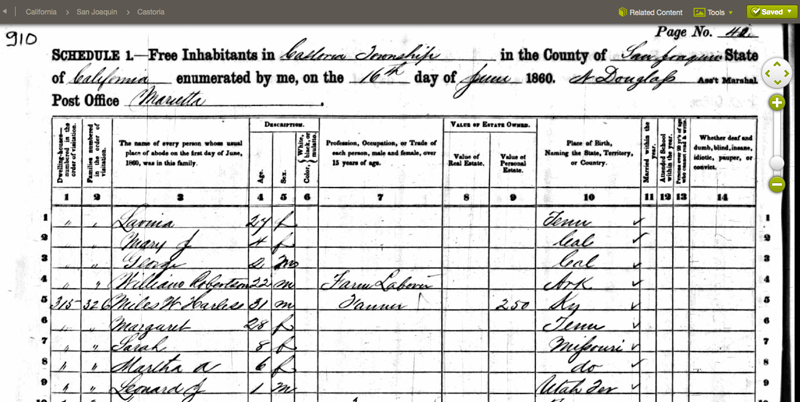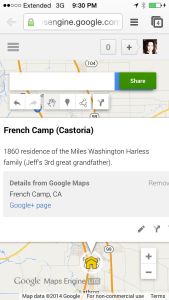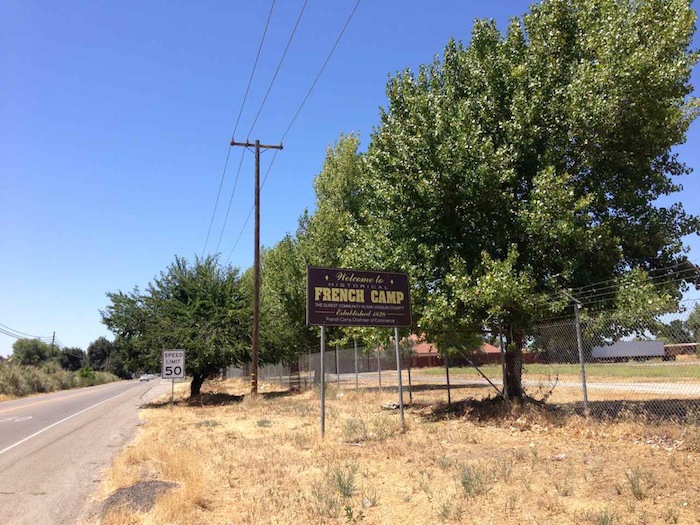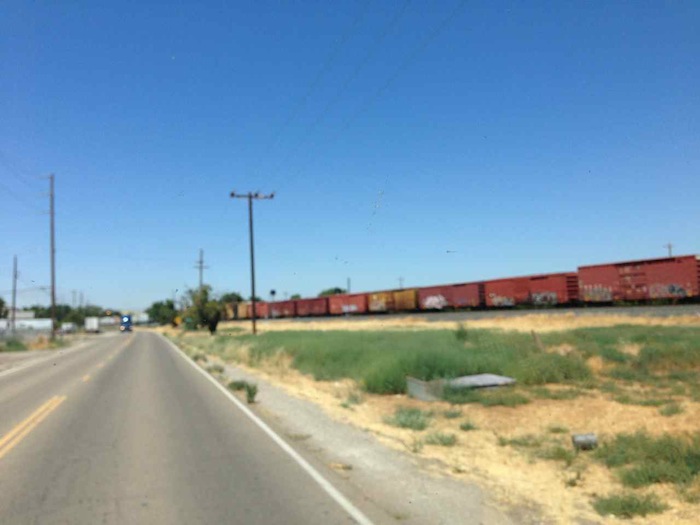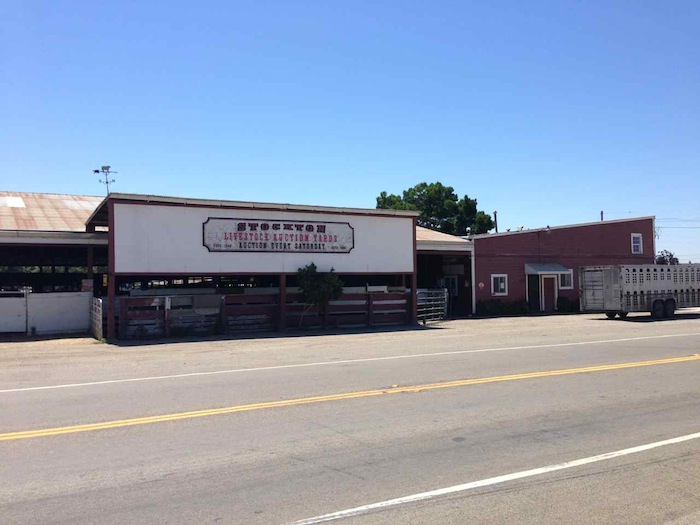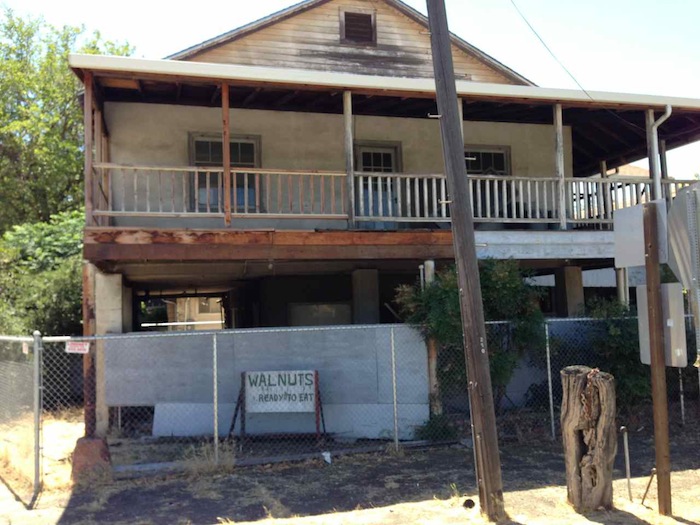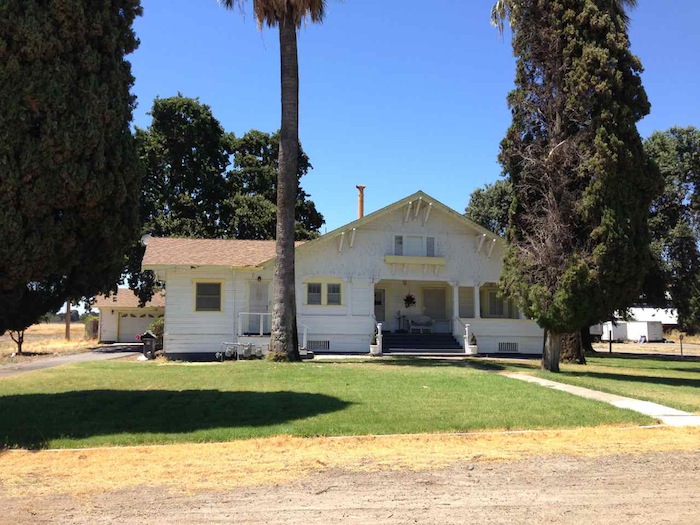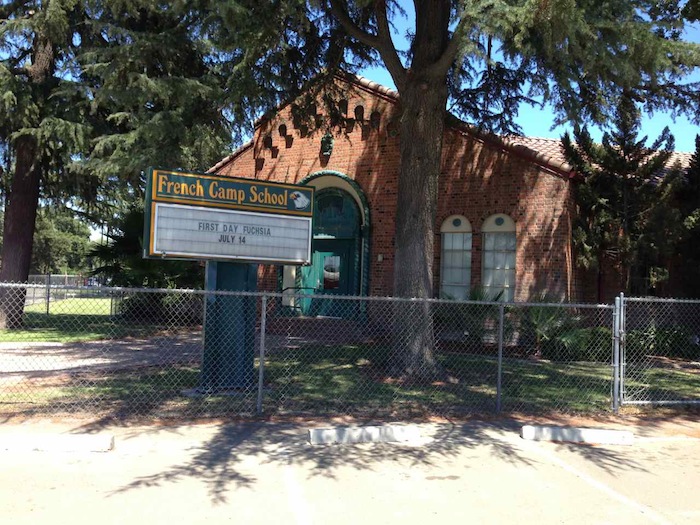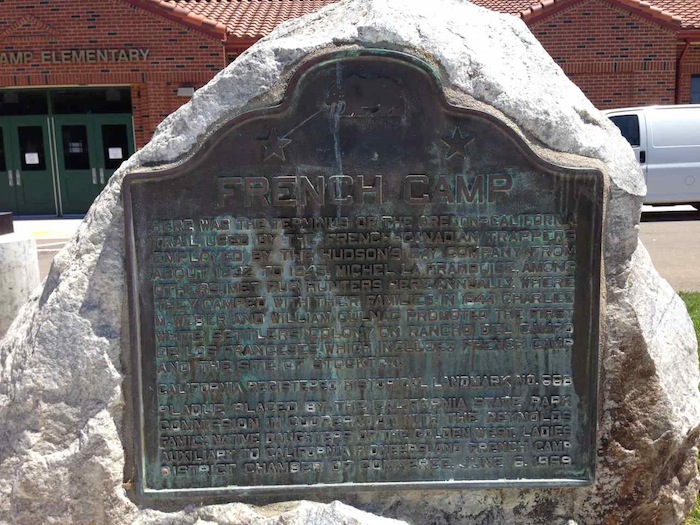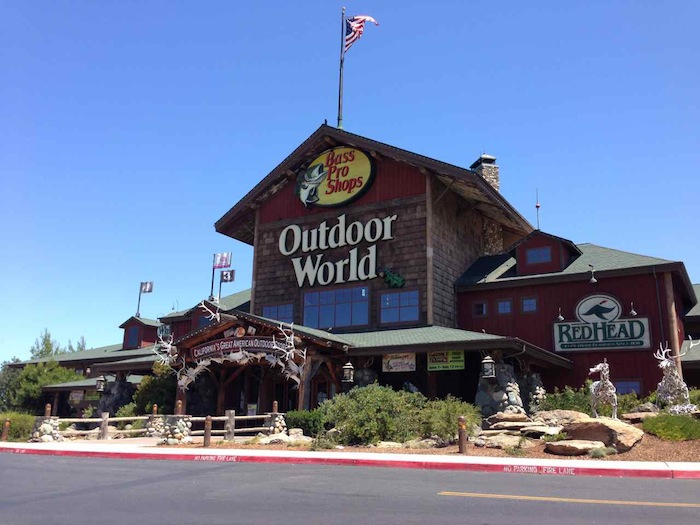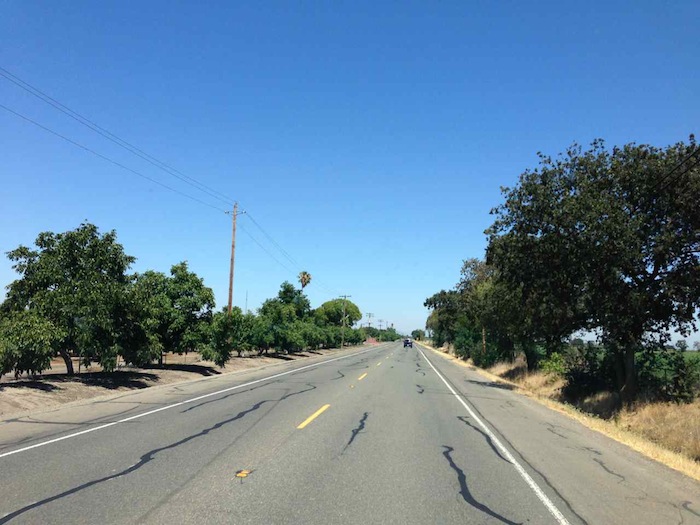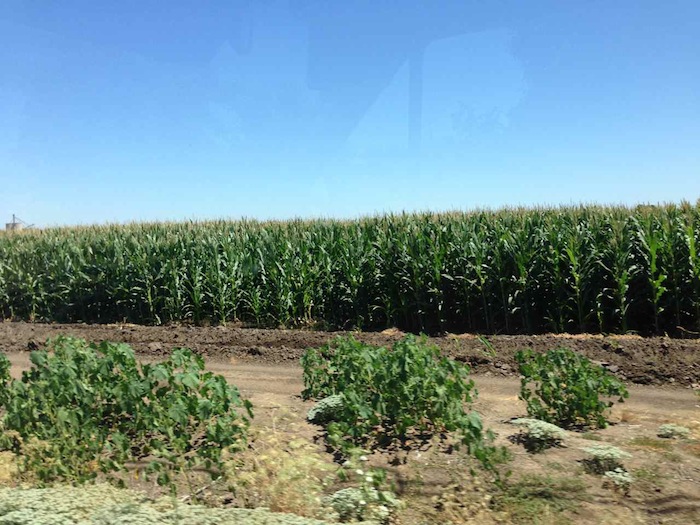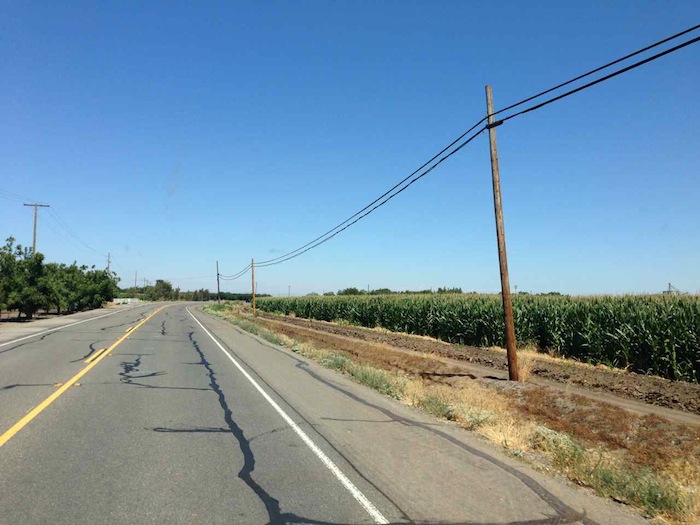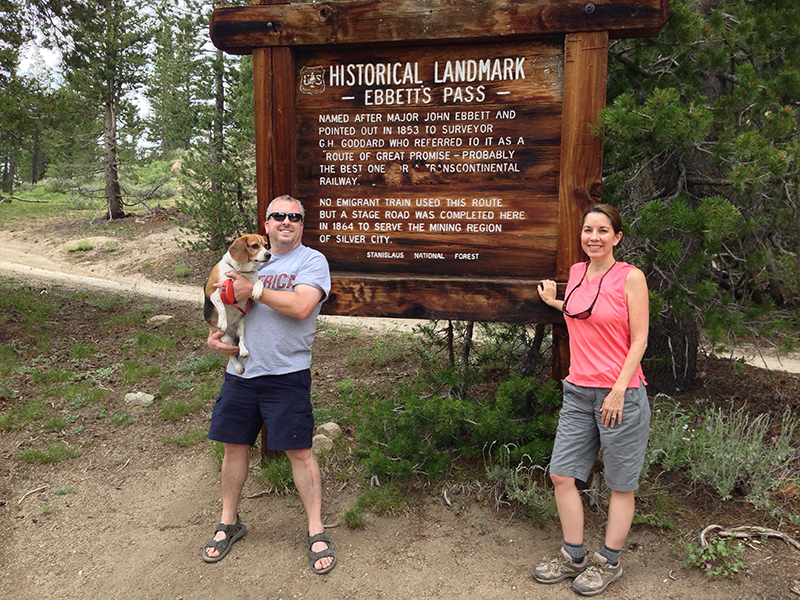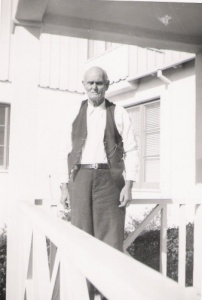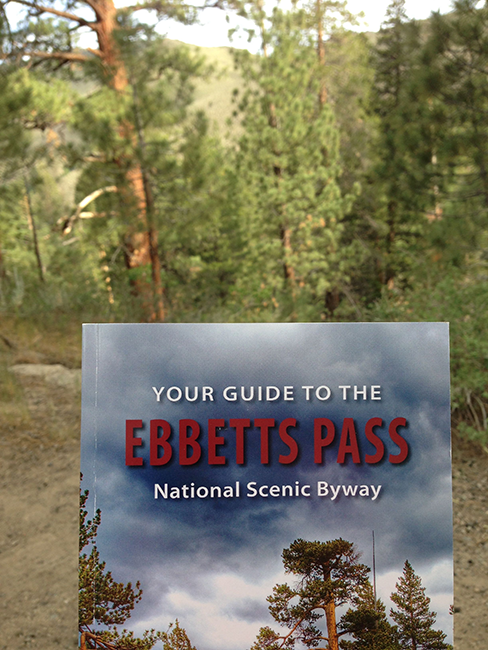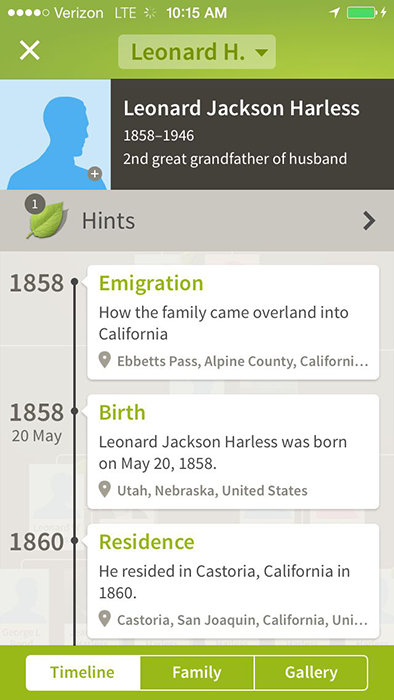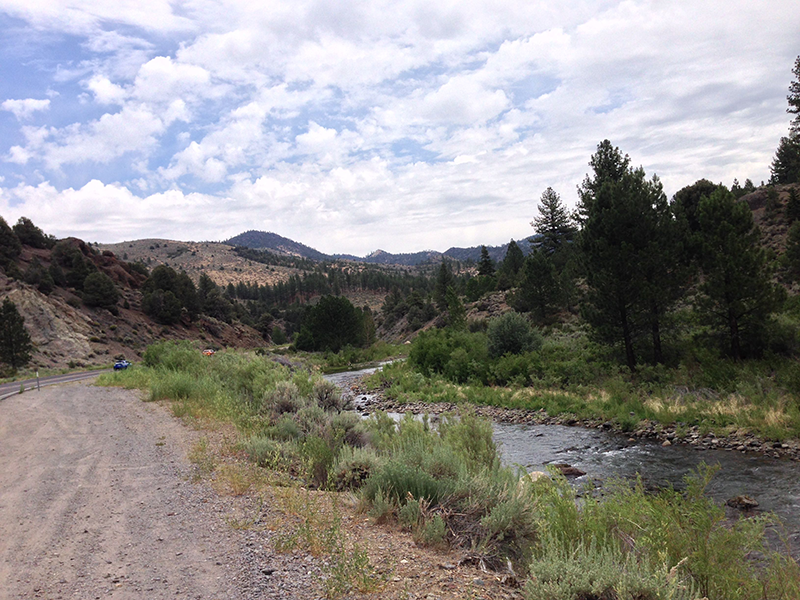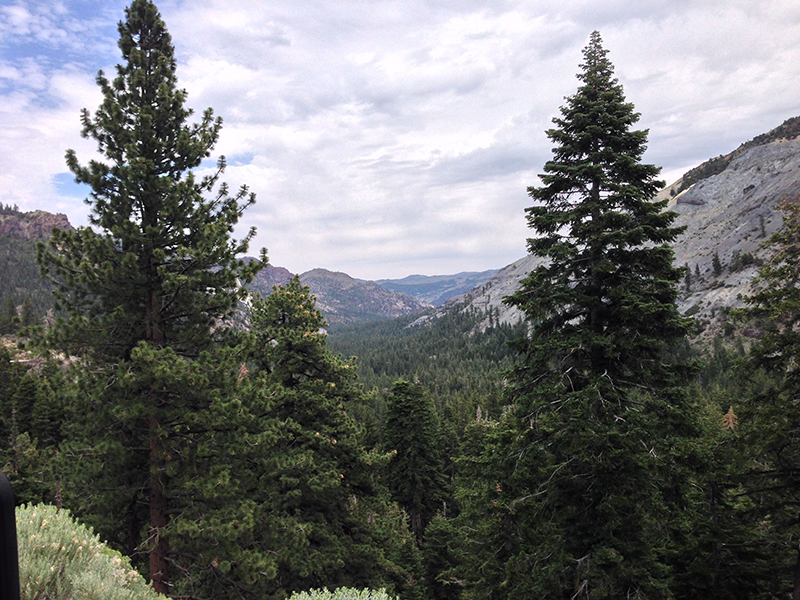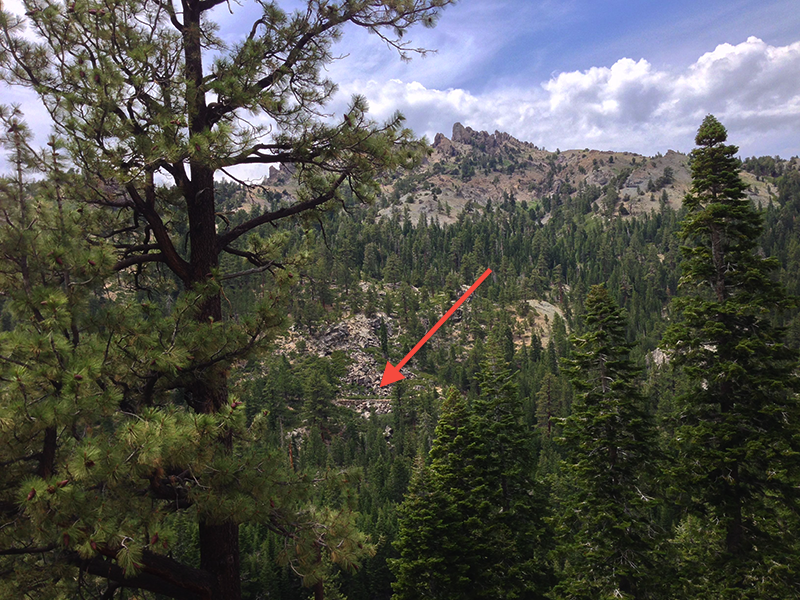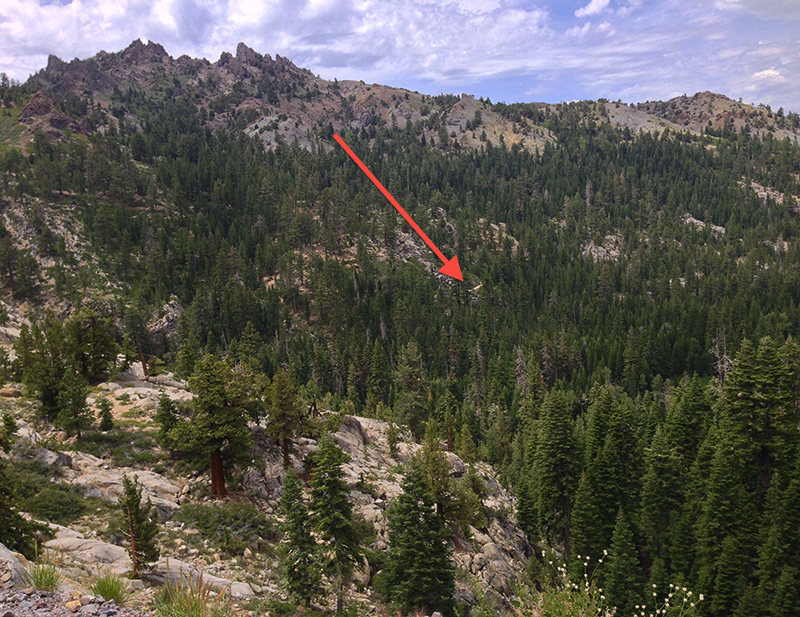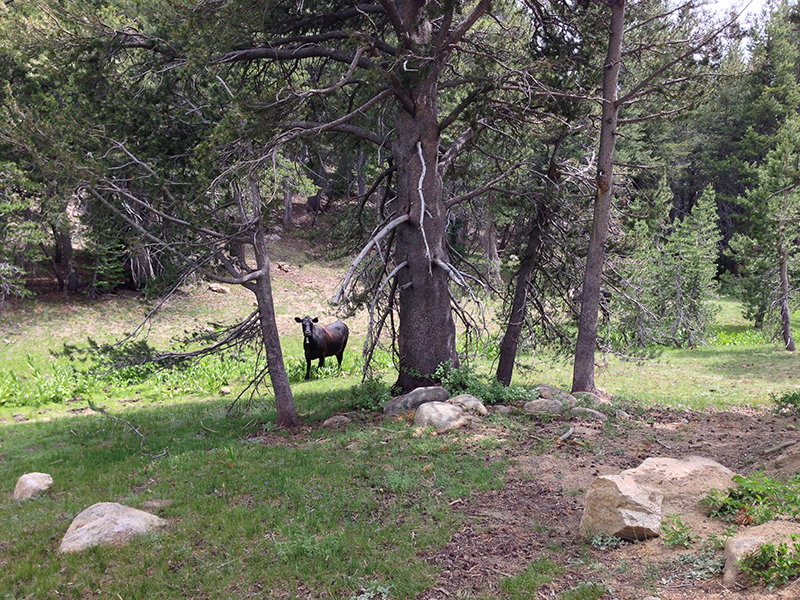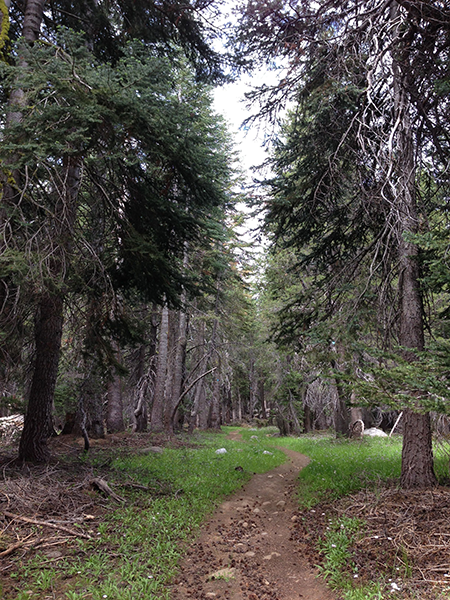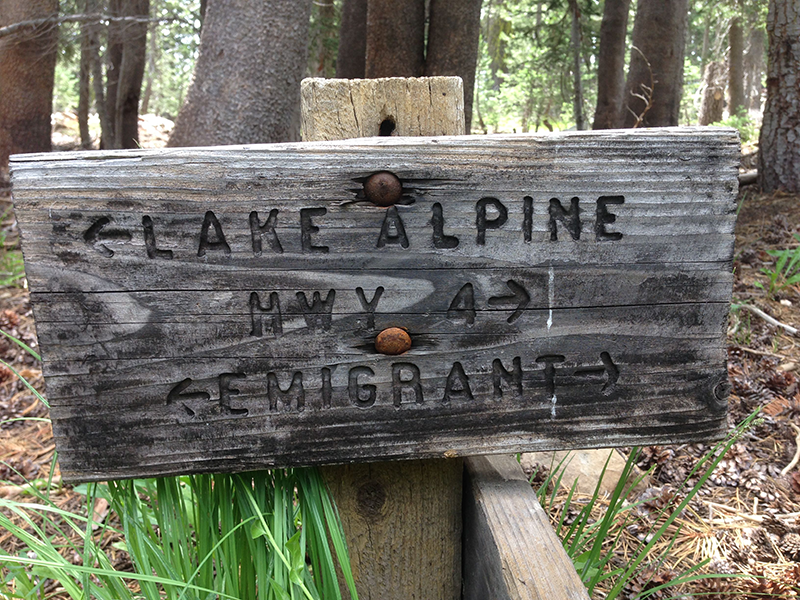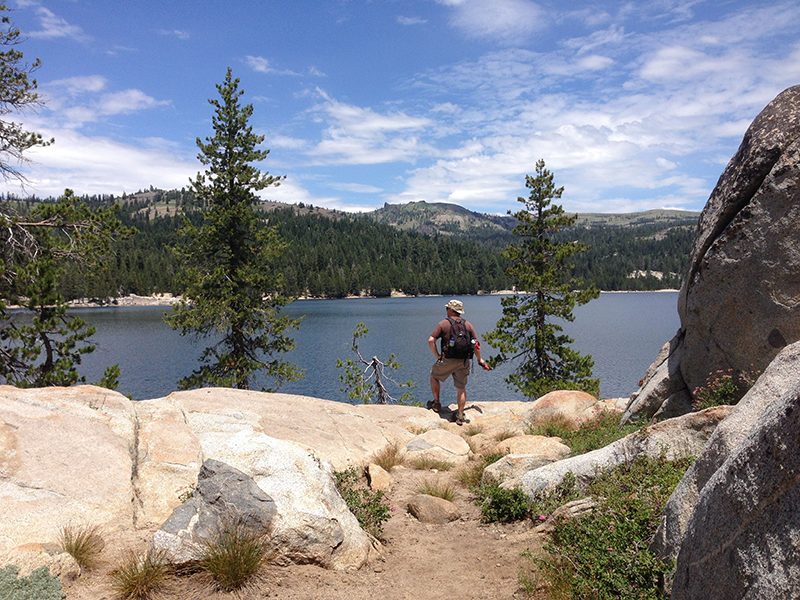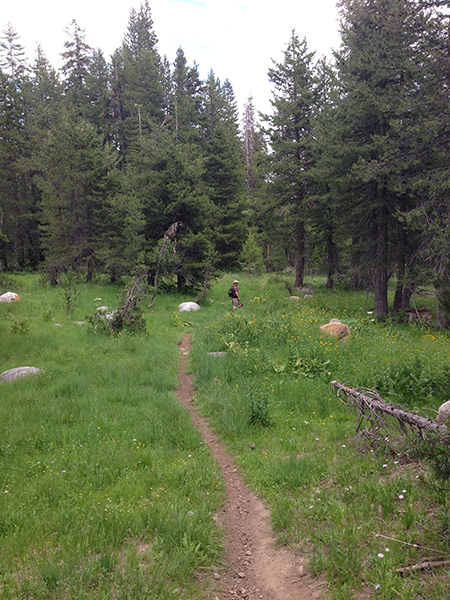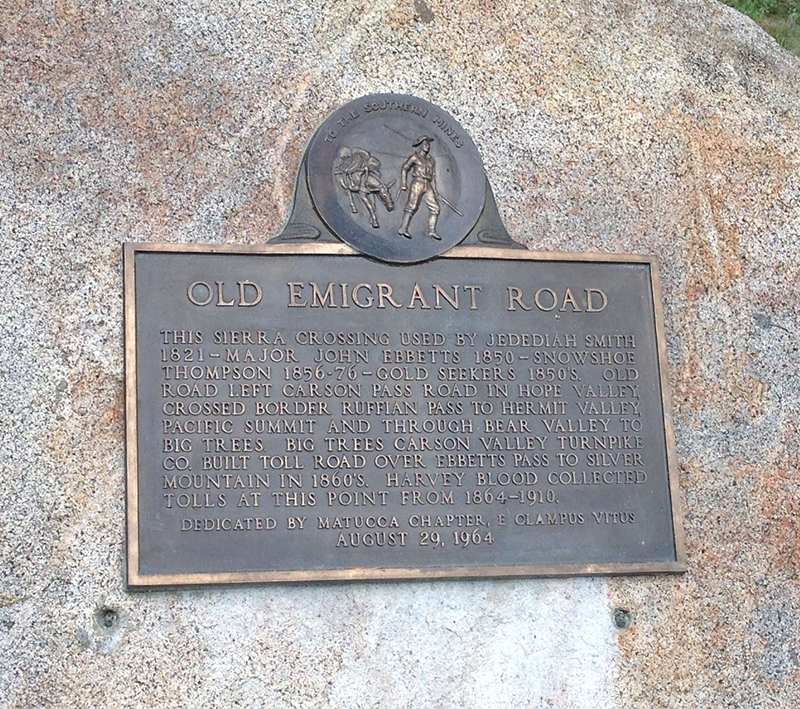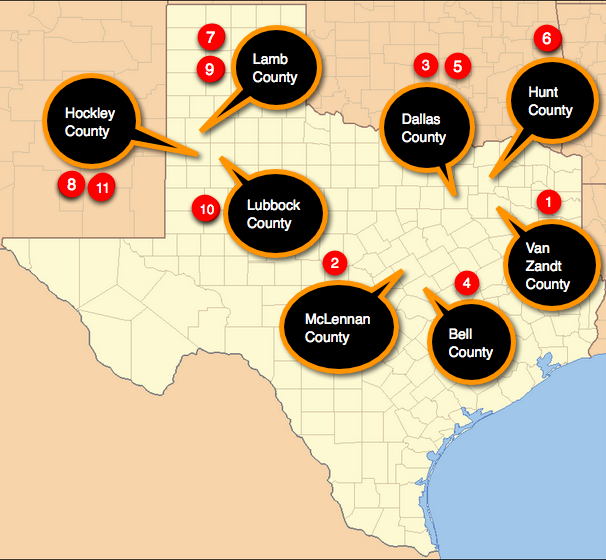
Laura Mae was the mother of Jeff’s paternal grandfather and nine younger children. She was married to great-grandfather Andrew Jackson “A.J.” Pace (d. 1961). Laura Mae died tragically young, leaving her husband to raise eight minor-age children ranging from 17 years old to just a few months old. The oldest child (my husband’s grandfather) was of adult age at the time of his mother’s death, and another child died shortly after her mother.
Childhood
Laura Mae’s descendants know very little about her life and childhood. I am piecing together something of a life story for them, one research question at a time, using methodology that follows the Genealogical Proof Standard.
Birth
According to her death certificate and obituary, Laura Mae Fields was born 8 October 1896 in Van Zandt County, Texas.2, 3 Husband A.J. Pace is identified as the informant on the death certificate, and likely served the same role for the obituary, so these documents only provide secondary (yet direct) evidence of Laura Mae’s birth since it is highly doubtful that husband A.J. was an eyewitness to her birth.
I do not yet have an actual birth certificate or even index birth record for my husband’s great-grandmother, which would provide primary and direct evidence of her birth. I am not even sure if an official birth certificate exists. According to the FamilySearch Wiki, although birth registrations in some Texas counties began as early as the 1840s, most did not actually begin this practice until statewide registration of births became mandatory in 1903.4 I will have to check at the county or town level for a possible birth registration, or for alternative documentation such as a baptism record.
The death certificate provides no information about the mother of Laura Mae, and only notes the surname for her father (Fields, no given name).5 The only other clues about her childhood nuclear family unit are references in the obituary to a surviving brother and sister.6
1910 U.S. Census
Knowing from both the death certificate and her obituary that Laura Mae Fields married Andrew Jackson Pace on 24 November 1912 (she was 16 years old) in Mesquite, Dallas County, Texas, I looked for Laura Mae on the 1910 U.S. census, where I assumed she would be living with her parents and two siblings.5, 6
In this census, I find three possible candidates, with the same name and same approximate birth year, residing in Texas in 1910. Only one candidate is identified as “Laura May” [Mae] versus just “Laura” and only one candidate is living in Dallas County–the same county in which our great-grandmother was married two years later.
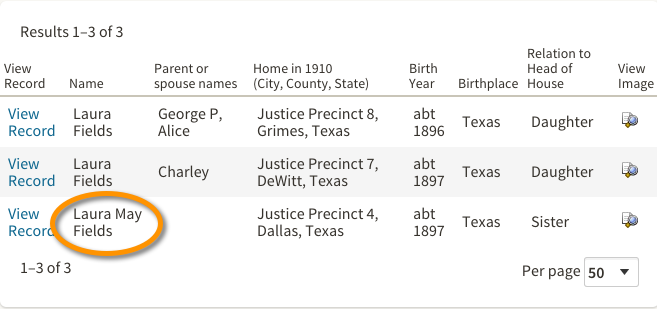
Great-grandmother Laura Mae Fields was enumerated in the U.S. census on 25 April 1910, in Justice Precinct 4, Dallas County, Texas, living with her brother and sister-in-law.9

The family is living in a rented home, not on a farm.
- Julius E. Fields is identified as the head of household, age 19 (born about 1891). Married, in his first marriage, currently married for less than one year. He is noted as born in Texas, with a father born in Texas, and a mother born in Georgia. Julius is “working as a farm worker out w [west?],” not unemployed, able to read, able to write, and did not attend school the past year.
- Essay F. Fields is identified as the wife of Julius, age 23 (born about 1887). Married, in her second marriage, currently married for less than one year. She and her parents are noted as born in Texas. Essay does not work, is able to read, and is able to write.
- Laura May Fields is identified as the sister of Julius, age 13 (born about 1897). She is single, and is noted as born in Texas, with a father born in Texas, and a mother born in Georgia. Like her brother Julius, Laura Mae is “working as a farm worker out w [west?],” not unemployed, able to read, able to write, but did attend school the past year.
Sister-in-law Essay is the likely information who spoke with the census taker, since she did not work, and it would appear that Julius and Laura Mae were working away from the area.
Without any corroborating records identifyng a brother named Julius, what makes me think this is the right Laura May Fields?
- She is the only Laura Fields living in Dallas County, in the couple years prior to her marriage in that county.
- She is the only Laura Fields recorded with the middle name of May/Mae.
At this point in the research process, we do not have sufficient evidence that this is indeed our Laura Mae Fields.
1900 U.S. Census
Armed with a brother’s name of Julius, I next looked for great-grandmother Laura Mae Fields on the 1900 federal census, the first census on which she would appear if born in 1896. Laura Mae Fields was enumerated in the 1900 census on 4 June 1900 in Justice Precinct 1, McLennan County, Texas. She is living with her mother, brother, and sister.10

This is the first document I have found identifying the name of Laura Mae’s mother and sister. Her mother shares the same given name as Laura Mae’s oldest daughter, Dollie Eleanor Fields, which makes it very likely that Great-Aunt Dollie is named after Laura Mae’s mother.
- Dollie Fields is identified as the head of household, age 25 (born August 1874), and widowed [this is not true, but that is the topic for a later post]. She gave birth to four children, three of whom are still living in 1900. Dollie is noted as born in Georgia, with both parents born in Georgia. She is able to read and write.
- Julius Fields is identified as Dollie’s son, 9 years old, born in July 1890. He is noted as born in Texas, with both parents born in Georgia. Julius is attending school.
- Clara B. Fields is identified as Dollie’s daughter, 5 years old, born in January 1896. She is noted as born in Texas, with both parents born in Georgia, and not yet in school.
- Laura M. Fields is identified as Dollie’s daughter, 3 years old, born in October 1896. This birth month and year are in agreement with what husband Andrew Jackson Pace reported in her 1933 death certificate and obituary.5, 6 She is noted as born in Texas, with both parents born in Georgia.
Nobody in the Fields household is identified as working. This makes me wonder how Dollie was able to financially provide for her three children.
Since Dollie was not working away from the home, and the children are nine years old or younger, it can be inferred that Dollie was the informant who talked to the census taker.
Following Her Footsteps
Great-grandmother Laura Mae’s life becomes easier to document and track after her marriage, at 16 years of age, to great-grandfather A.J. Pace, particularly through records that document where many of her ten children were born.

Adapted from a public domain United States Census Bureau Image.13
- Tracking the Andrew Jackson Pace Family in Rural Depression Era Texas, 1930 and 1940 US Censuses,
- Great-Aunt Clara Irene Pace Tragically Taken by Meningitis at 15 Years Old,
- Finally Finding a Death Certificate and Obituary for Great-Grandmother Laura Mae (Fields) Pace.
From discoveries reviewed in the aforementioned posts, I am able to now expand upon my working timeline for Laura Mae Fields: what life event, on what date, where it happened, and how we know (which source, F = footnote/citation). The Key ID refers to the corresponding number on the above map.
| Key | When | What | Where | How |
|---|---|---|---|---|
| 1 | 8 October 1896 | Born | Van Zandt County | F2, F3 |
| 2 | 4 June 1900 | Residence | Justice Precinct 1, McLennan County |
F10 |
| 3 | 25 April 1910 | Residence | Justice Precinct 4, Dallas County | F9 |
| 24 November 1912 | Marriage | Mesquite, Dallas County | F2, F3 | |
| ? | 19 October 1913 | Birth of son Roy Delmar Pace |
? | F1414 |
| 4 | 1913 | United with the Baptist church |
Donohoe, Bell County | F3 |
| ? | 16 September 1915 | Birth of daughter Dollie Eleanor Pace |
Barlett, Bell or Williamson County |
F1515 |
| 5 | 24 September 1917 | Birth of daughter Clara Irene Pace |
Mesquite, Dallas County | F1616 |
| 6 | 12 September 1918 | Residence | Campbell, Hunt County |
F1717 |
| ? | About 1920 | Birth of son Hulon Pace |
? | F1818 |
| ? | About 1922 or 1926 | Birth of daughter Willie Mae Pace |
? | F18, F1919 |
| 6 | About 1924 | Birth of son Leo Jackson Pace |
Commerce, Hunt County | F2020 |
| ? | 3 March 1926 | Birth of son Ray Earl Pace |
? | F18 |
| 7 | 18 November 1928 | Birth of son Ladell Pace |
Littlefield, Lamb County |
F2121 |
| 8 | 14 April 1930 | Residence | Justice Precinct 6, Hockley County |
F18 |
| 7 January 1931 | Birth of son Charles Wayne Pace |
Levelland, Hockley County | F2222 | |
| 8 | 11 November 1932 | Birth of son Jack Pace |
Lamb County | F2323 |
| 9 | 18 February 1933 | Hospitalization at Lubbock Sanitarium |
Lubbock, Lubbock County | F3 |
| 21 February 1933 | Death | Lubbock, Lubbock County | F2, F3 | |
| 10 | 21 February 1933 | Burial at Whitharral Cemetery |
Hockley County | F2, F3 |
[contentblock id=61 img=html.png]
Next Steps
What new research questions do these two new census records raise?
- What happened to Laura Mae’s mother between the 1900 and 1910 U.S. census? Family accounts have told me the answer, but I need documented evidence.
- If Laura Mae’s mother Dollie was widowed by the 1900 federal census, who was her husband and when did he die? Again, I know that identifying herself as a widow was not correct, but that is a topic for future posts.
What new tasks do these new documents and questions warrant?
- Locating documentation that provide’s mother Dollie’s maiden name.
- Conducting a reasonably exhaustive search for possible birth records for Laura Mae Fields and her two siblings, even though all three were born prior to statewide birth registration became mandatory in 1903.
- Locating documentation that identifies the father of Laura Mae Fields.
